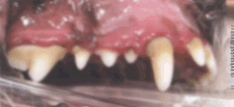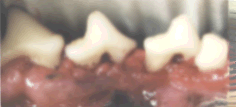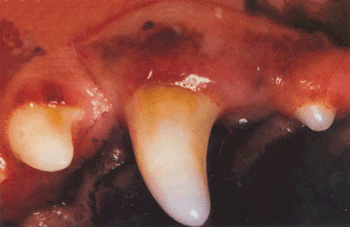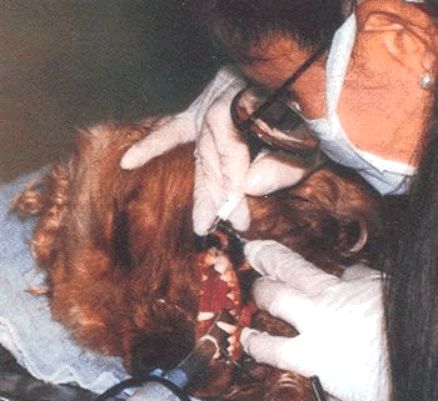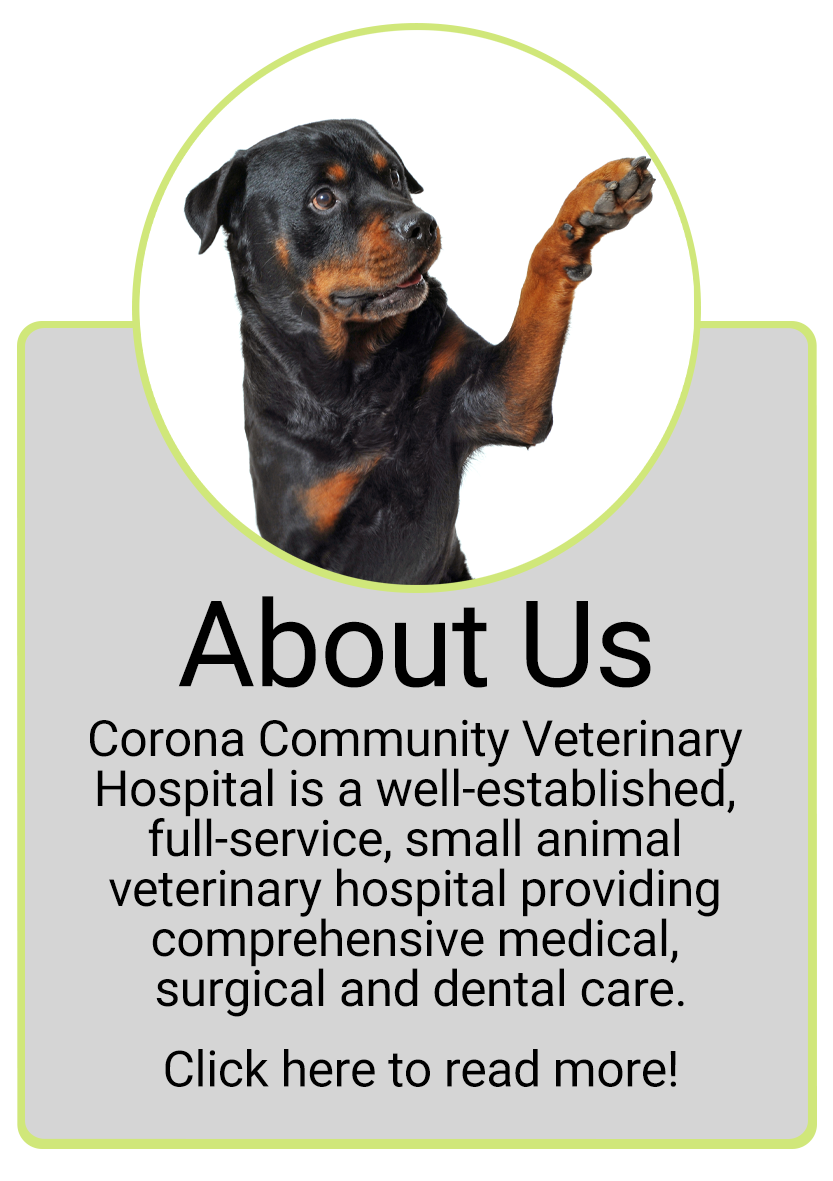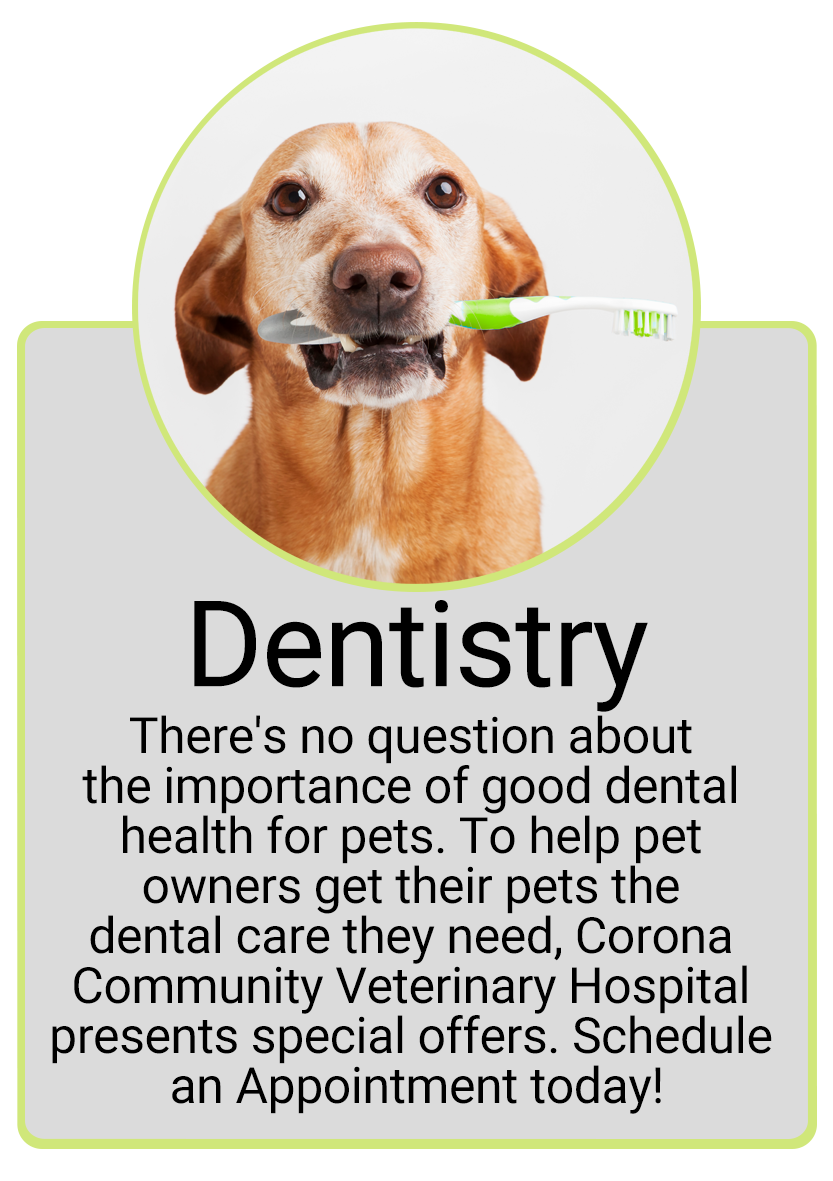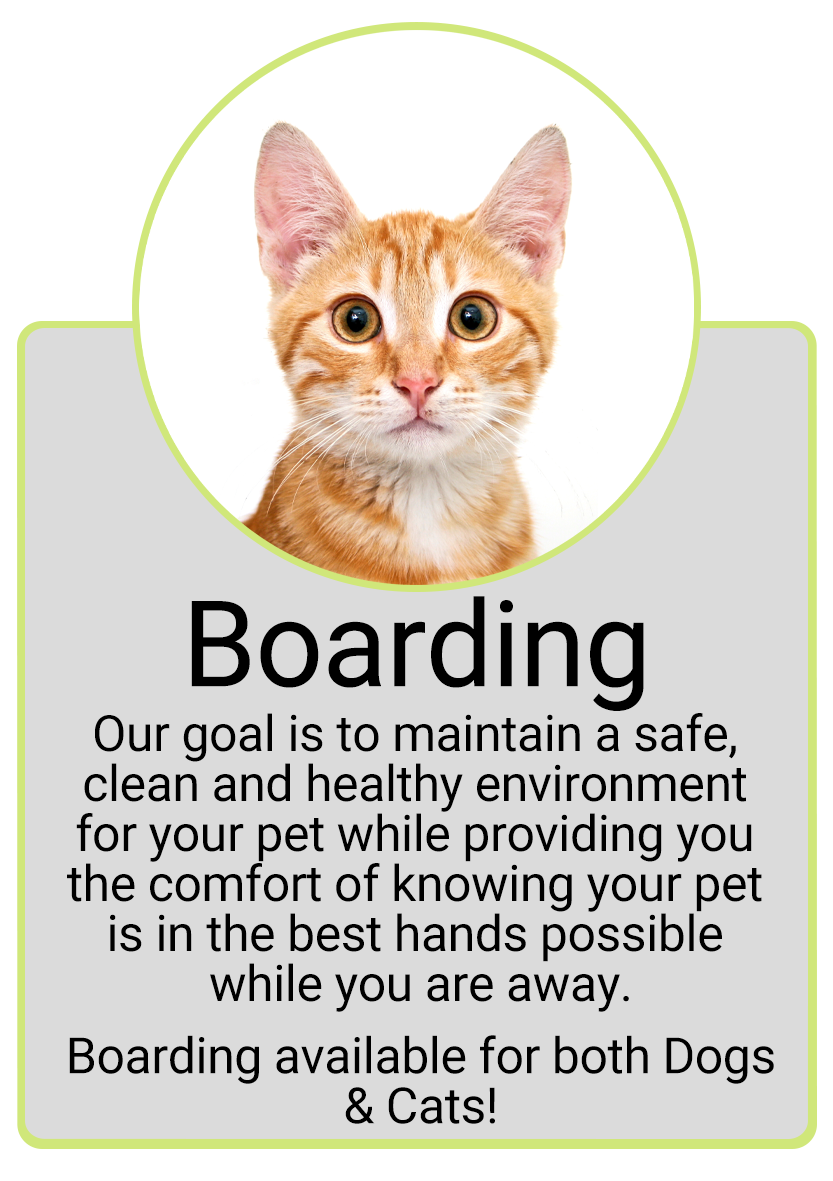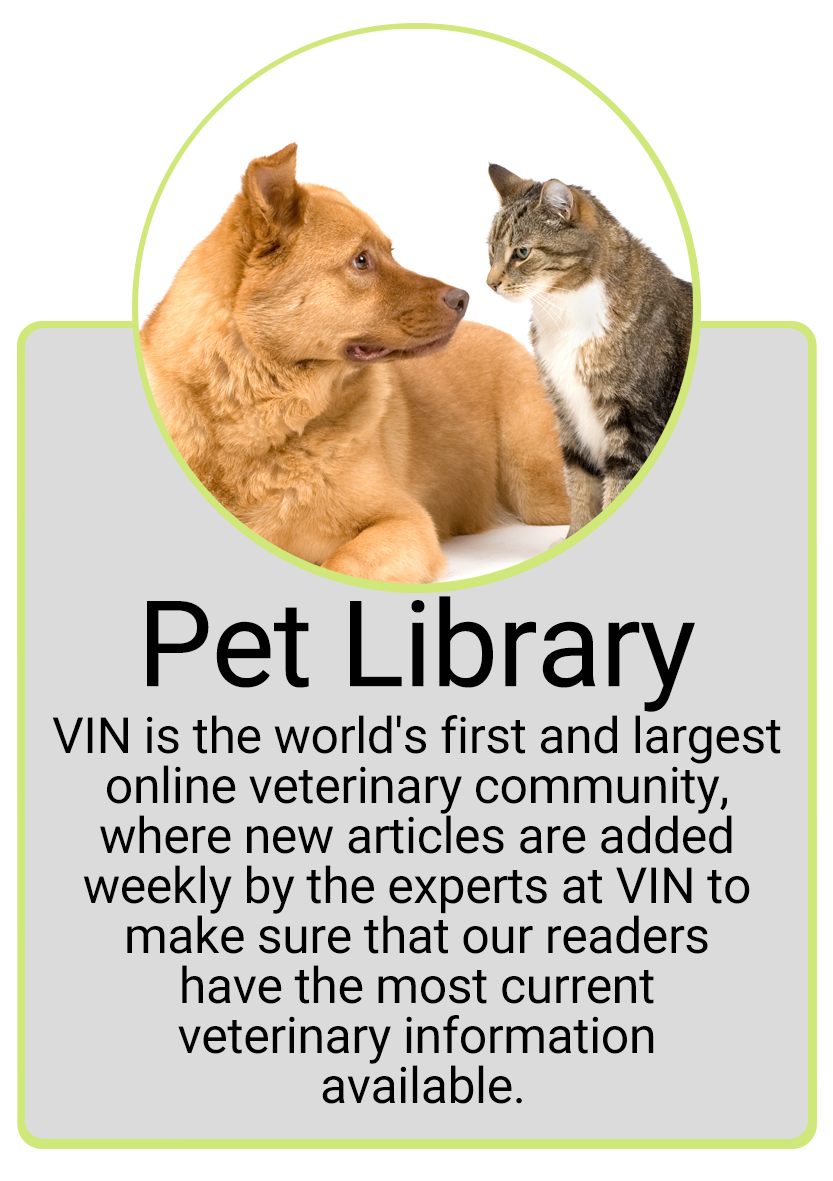Corona Community Veterinary Hospital
(951)279-7387
www.ccvh.biz
Caring For Your Pets Teeth
Dental Home Care
Gingivitis is reversible. Bone loss, once it starts, is not reversible. It is a good idea to become comfortable opening your pet's mouth and looking inside. Lift the lip and look at the teeth, especially the back teeth. Open the mouth and look at the inside of the teeth and at the tongue. If you have pets of different ages, compare what you see inside.
Look in your pet's mouth and identify the line of gingival attachment. Approximately 70% of the tooth should be under the gum line.
Regular Professional Cleaning Schedule Dental Care
It is important to note that a "non-anesthetic" teeth cleaning is not comparable to the above service. It is not possible to perform the "six step" cleaning in a pet without general anesthesia. Cosmetic cleanings do not address periodontal disease where it occurs: under the gum line.
Home Care Products Toothpaste and Brushing Just as with your own teeth, nothing beats brushing. The fibers of the toothbrush are able to reach between teeth and under gums to pick out tiny deposits of food. A toothbrush acts as a tiny scrub brush for the closest possible cleaning. Canine and feline toothbrushes conform to a pet's mouth. You can use a human toothbrush but you will probably find it difficult to manipulate in the pet's mouth. Never use a human toothpaste for a pet as these contain sudsing agents (people like to see foam when they brush their teeth) that are not meant to be swallowed in quantity. Animal toothpastes come in pet-preferred flavors (chicken, seafood, and malt) in addition to the more human-appreciated mint and all are expected to be swallowed. Finger brushes are available and are smaller for puppies and kittens. Studies have shown that brushing three times a week was adequate to maintain healthy teeth and gums but daily brushing was needed to control existing gingivitis.
Do's and Don'ts of Brushing Your Pet's Teeth
Dental Wipes, Rinses and Pads
These products will wipe off plaque deposits from the surface of the tooth and, though they lack the ability to pick food particles out of the gum socket, they are probably the next best thing to brushing and, like brushing, these products are best used daily.
Dental Treats Not all chews are alike. Chewing provides abrasion against the tooth removing plaque and tartar. Some chews and biscuits include the ingredient hexametaphosphate, which prevents the mineralization of plaque into tartar. (In one study, two such biscuits daily removed 46% of tartar in time.) The Forte feline chews were found effective in reducing plaque and tartar but cats had to eat one chew daily to achieve benefit.
Greenies Since then, the Greenie has been reformulated using soy instead of wheat. The new Greenie is actually flexible and its manufacturer feels past problems have been resolved. The new formulation came out mid-2006 and is available in both canine and feline treats. Both are approved by the Veterinary Oral Health Council, a group that awards its seal of approval to treats and diets showing scientific evidence of plaque and tartar retardation. See a list of the VOHC's currently approved products: http://www.vohc.org/accepted_products.htm Use your judgment with chew toys. A chew can be readily swallowed in a large chunk and lead to intestinal obstruction. A pet with diseased teeth may break teeth on a hard chew. Cow hooves and bones are not appropriate chew toys as they are too hard and readily break teeth. Pig ears are well loved by most dogs and have been known to have bacterial contamination. Dogs with sensitive stomachs often do not tolerate the smoky flavor. No studies have been performed regarding prevention of dental disease using pig ear chews.
Dental Diets Clearly, there must be more to a dental diet than simple kibbling and in fact there is. Dental diets on the market today use several techniques to help reduce plaque. The first is that the kibbles are very large, which means the pet must chew them before swallowing them. These diets are high in fiber, which means the kibbles do not shatter when chewed but instead the tooth sinks into the kibble allowing plaque to be essentially scrubbed away. The large kibbles may pose an acceptance problem for the pet, leading the owner to use them as treats or mixed with other kibbles. The smaller the percentage of the diet these kibbles represent, the less benefit will be reaped. It is also important to realize that these diets are helpful only in cleaning the molars and premolars (i.e. the chewing teeth) and do not help the fangs or incisors.
The Porphyromonas (Periodontal) Vaccine The vaccine is NOT a replacement for other modes of home care and certainly does not prevent periodontal disease. It is given as an introductory series of two vaccines at 3 weeks apart and annually thereafter. Ideally it is given when the mouth is healthy (i.e. a few weeks after cleaning or in younger patients).
|
